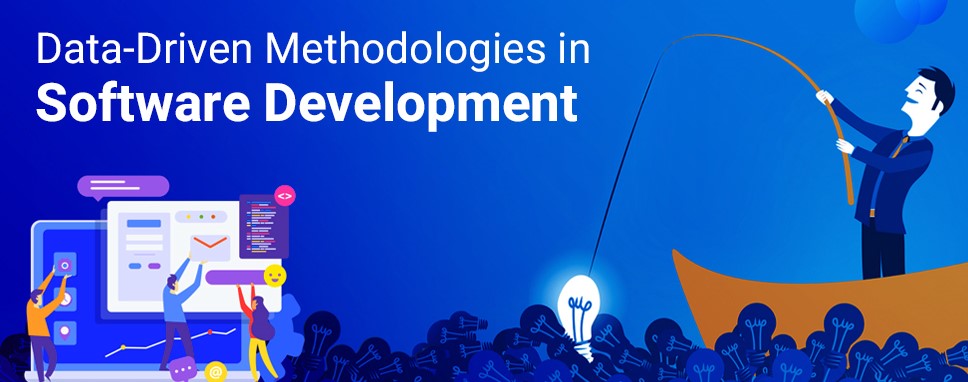

Professional software development is a very structural activity. Software development evolves into a complex process that is heavily dependent on various kinds of activities and data for the execution environment. Generally, data is used to fuel the development of optimizing technical aspects and user experience.
Integration process of development
Software development processes integrate all phases such as the requirement for coding and testing, integration, and deployment of the software system. Software development is tracked and recorded in any form of data like requirement data, code and testing data, code and bug repositories, configuration and continuous data, deployment scripts, or data in social coding. Software developers deal with a lot of data like static or dynamic data in various forms. Software development behavior data can be used to assess developers’ programming and soft skills.
Big Data tools
Nowadays in software development, big data is changing the algorithms that are used. Understanding the right software development methodology is very important for every organization. If we talk about big data software development, models would vary on the ultimate purpose, scale, and other constraints. If you are using a specific data-driven methodology, then the factory of methodology ensures the successful deployment of the software. By 2022 the expected turnover of the software development market would be $500 billion. Big data tools are playing a trivial part in expediting the development and delivery of new applications. Agile or waterfall development methodology steps involved in successive software development.
Development using Agile Methodology
Agile software development allows the collaborative effort of self-organizing and cross-functional teams. Agile approaches encourage planning, evolutionary development, early delivery, and continual improvement and give the flexibility to change requirements anytime. Agile gives the highest priority to satisfy the customer through the continuous and early delivery of valuable software. Agile accepts the changes in requirement and its interactive nature allows developers to create more basic versions of software than can enhance through later development work.
Primary importance to SDLC process
There are stages followed in every Software Development company such as requirement, analysis, design, development, testing, and maintenance in the big data software development methodology. The requirement analysis team looks at the client requirement and makes a plan of budget, time frame, and many other constraints in order to complete the understanding of the software.
Understanding the Big Data software development phases
- In the designing stage, the mockups are designed to keeping in mind the programming language and architecture.
- In the development phase, development team’s codes and build the software by breaking the tasks into different units and also be tested individually.
- Testing is a very important phase because this is the final stage before deployment. Maintenance can be done once the final product is delivered.
- Developers work to maintain the software and debug if any new bugs are found. There are drastic benefits of waterfall methodology like easy to monitor and troubleshoot, eliminating additional expenses, proper documentation and many more.
Conclusion
Software development is about data and processes. For software development, methodology and tools are cornerstones for any successful project and at the same time adaptation of data-driven decisions and actions are most important. Software development methodology provides the right solution for test case generation, performance testing, continuous deployment, and analysis for code or test.






One Comment